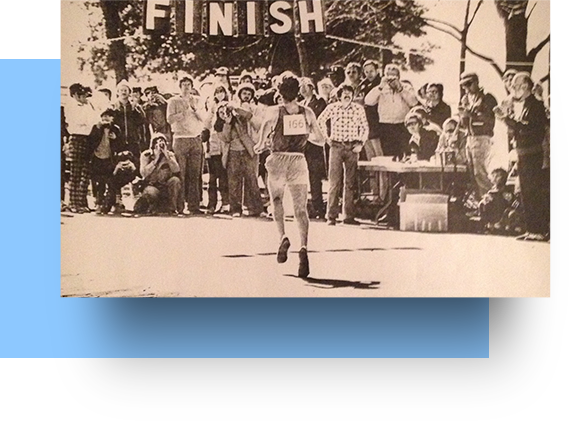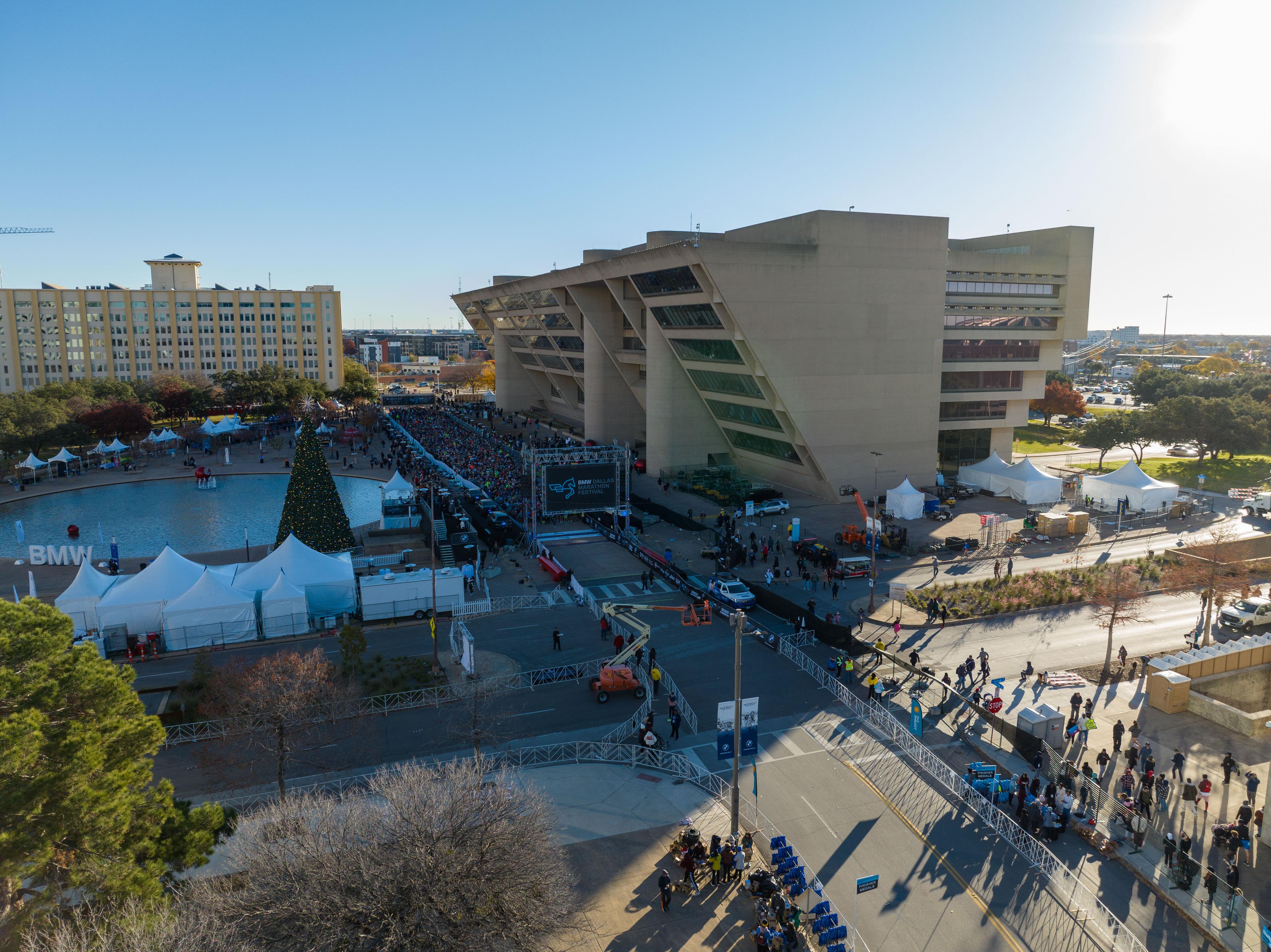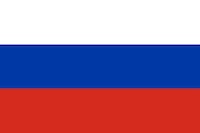History

The BMW Dallas Marathon is the result of the efforts of a pioneering group of brave Dallas runners, who had the foresight to establish an annual 26.2-mile race more than 50 years ago. In 1971, Tal Morrison – the official founding father of the marathon – placed a $25 ad in Runner’s World beckoning runners from around the country to come to Dallas.
On March 6, 1971, 82 runners from across Texas, and as far away as South Dakota, New York and California, took their marks for the race’s first running, which was held at Dallas’ White Rock Lake. Sixty-one runners crossed the finish line that day in the aptly named Dallas White Rock Marathon.
In the years that followed, the Dallas White Rock Marathon would gain a reputation as a memorable race “for runners, by runners.” Participation grew tremendously, drawing hundreds and then thousands of participants from every corner of the nation to running a marathon in Dallas. As aid stations, a pre-race Expo, a post-race awards banquet and corporate partners were introduced, the race weekend grew into a more entertaining event for participants and spectators.
A renewed partnership with the City of Dallas, along with a re-branding campaign, introduced the Dallas Marathon brand in 2012. The race’s start and finish lines are moved to the heart of Downtown Dallas, which itself is undergoing a multi-billion dollar renaissance of development.

Marathon history includes the addition of several events, including marathon relays and a half marathon course, and as support increased, the Board of Directors decided it would donate a portion of race proceeds to charitable causes each year beginning in 1997. With this initiative in mind, the marathon names Scottish Rite for Children its primary beneficiary, and to-date has donated more than $4.5 million directly to the hospital.
Today, the organization continues to operate as a nonprofit organization with a focus of promoting health and physical fitness through running events. Now in its 54th running, the BMW Dallas Marathon attracts thousands of participants and spectators to Texas’ oldest running marathon and Dallas’ largest single-day sporting event. Participating in the BMW Dallas Marathon delivers a fun and memorable experience for everyone involved from runners to volunteers to spectators.
A look back...
The Dallas White Rock Marathon debuts at White Rock Lake with 82 runners, after local runner Tal Morrison took out a $25 ad in Runner’s World encouraging readers from around the country to come to Dallas.
For the first time, the Dallas White Rock Marathon is moved from March to December. The race is run twice this year.
A new start and finish line are introduced, near Dallas City Hall.
Relays are introduced for the first time to attract participants that did not want to run the full 26.2-mile course.
Texas Scottish Rite Hospital for Children is named the race's primary beneficiary. The marathon has since raised more than $3.9 million for the hospital.
Rapid participant growth is cause for a new course, beginning near American Airlines Center in Victory Park.
A half marathon is added to race day. The inaugural Mayor's Race 5K is held the Saturday prior to race day, encouraging Dallas ISD school children to participate in a fun run to promote good health and fitness.
Moses Kororia sets the men’s race record in 2:12:04; Svetlana Ponomarekno sets the women’s race record in 2:29:55. The Corporate Relay Challenge is added to race day, encouraging local businesses to get involved in the marathon.
The start and finish lines move to Fair Park to accommodate even larger participant fields. For the first time, the Elite High School Relay Challenge is run, teaming 16 of the area’s top high school runners on a relay to challenge the elite marathoner field.
The Dallas White Rock Marathon organization rebrands as the Dallas Marathon, and works with city officials to return the race start and finish lines to Downtown Dallas. The Last Man Running Challenge is also introduced to raise additional donations for TSRHC.
Dallas City Hall and Mayor Rawlings recognize the Dallas Marathon as The Official Marathon of the City of Dallas. For the only time in race history, race weekend events are canceled due to unsafe weather conditions resulting from a major ice storm.
Meb Keflezighi, Ryan Hall and Deena Kastor join Dallas Marathon participants as brand ambassadors, celebrating at the finish line.
The Dallas Marathon hosts 17 Team USA Olympic hopefuls on race day. Abdi Abdirahman and Deena Kastor best the field in the Duo to Rio Relay – a coed, two-person marathon relay race among elite distance runners – and professional middle-distance runner Ryan Hill leads his team to victory in the five-person Pro Relay Challenge.
BMW joins as title partner for the marathon, and the organization launches a fall social run series throughout the DFW metroplex; Ryan Hall, Meb Keflezighi and Deena Kastor return as brand ambassadors, Olympian Desi Linden joins.
Olympians Shalane Flanagan and Meb Keflezighi join the BMW Dallas Marathon on race weekend. A 5K and 10K are added to race weekend giving participants a shorter race distance option.
After two postponements due to the COVID-19 pandemic, the BMW Dallas Marathon celebrates it’s 50th Anniversary with one of the largest participation fields in its illustrious history.
For the first time ever, the entire event weekend sells out with a record participation of over 30,000 runners and walkers.
The BMW Dallas Marathon releases new official branding representing the shared energy, grit, and joy that unites athletes across Dallas and beyond.
Race Records & Past Winners
Marathon Race Record
Mens
Name
Moses Kororia
Record time
02:12:04
Country
Kenya
Year
2006

Womens
Name
Svetlana Ponomarenko
Record time
02:29:55
Country
Russia
Year
2006

Half Marathon Race Record
Mens
Name
Valenite Orare
Record time
01:02:59
Country
Kenya
Year
2006

Womens
Name
Nuta Olaru
Record time
01:11:32
Country
Romania
Year
2008

*The above records have been compiled for all editions of the BMW Dallas Marathon, on its varying courses from 1971 – 2025. Thus, these are "race records" and should not be referred to as "course records".